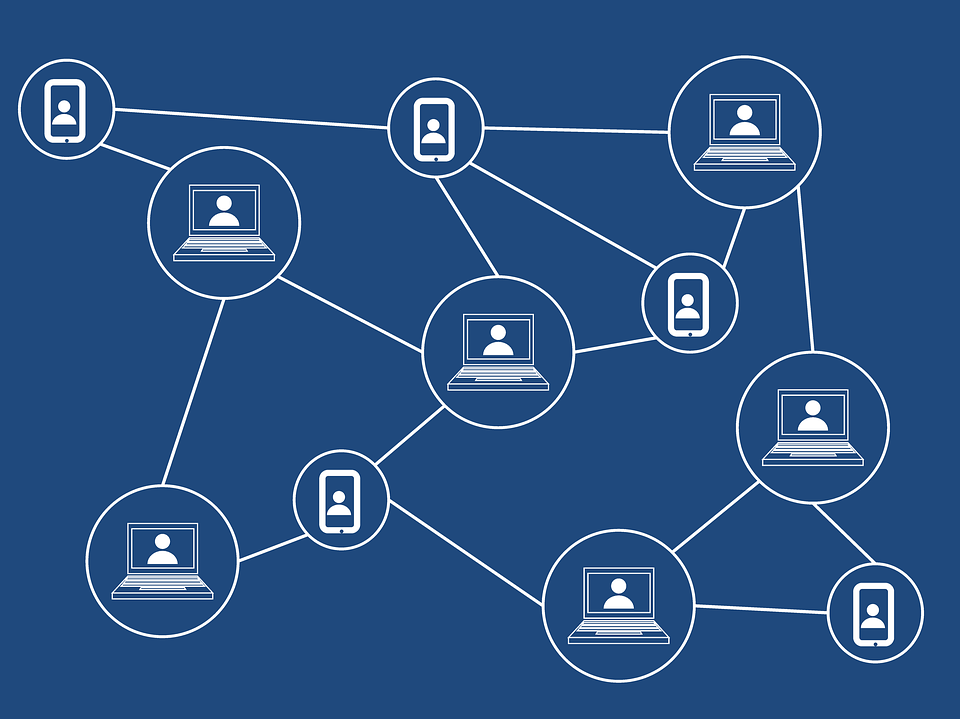
The coming year, according to tech pundits of Statista, will be a year of innovations, improvements and enhancements. The year 2019 will not be much about new technologies, but more about making existing technologies better.
Table of Contents
Mobile apps have witnessed an impressive 11% year on year growth, reaching more than 205.4 billion downloads in 2018. These numbers are expected to cross a whopping 258.2 billion in 2022 (Statista).
But this is 2019 that we are talking about. And as we mentioned in the beginning, tech giants will focus more on keeping the trends alive. That said, user experience is a factor that will always remain unchanged.
So, without further ado, let’s take a look at mobile app trends that will dictate the course of 2019…
Which one should I go for? Do I make two native apps, or do I go the hybrid way? The everlasting debate and dilemma between native and hybrid apps will continue in 2019 too, and for all the right reasons.
Hybrid app technologies such as React Native and Flutter are on a consistent rise, but tech experts have predicted that native apps will retain the throne.
More and more native-only features are added to iOS and Android, which is the primary reason behind this prediction.
Another important factor is that although hybrid apps offer a relatively low technical entry point, maintaining and upgrading them on regular basis comes across as a big challenge.
Moreover, hybrid apps won’t be cost effective when it comes to customizing them for multiple platforms. The cost incurred in doing so may even surpass the cost to create native apps for individual platforms.
And then there’s the way native apps are developed using the core platform, offering an unbeatable performance while being responsive in design.
While IoT is already making rounds in the online retail and real estate industry, 2019 will witness education and healthcare sector benefit from this avantgarde technology.
IoT will allow students, parents, guardians and teachers stay in the loop at all times. From on-premises updates to upcoming events, everyone will be at the same page, informed in real times. From monitoring students’ performance to updating parents about detentions (*coughs* truth must prevail *coughs*), IoT will make things streamlined, and a bit tough for mischievous students.
And speaking of healthcare sector, IoT will help doctors not only suggest a medicinal course to a distant patient, but also operate from remote locations.
![]()
Fitness enthusiasts are often seen donning a Fitbit band or some other fitness wearable on their wrists. But the turn of 2019 will see it more of a fashion statement. The reason behind this trend is as interesting as it can get: social media influencers.
Fitness industry is gaining a rapid and strong traction with each passing quarter of each year. More and more people are uploading their fitness videos on various social media platforms. And all of them have one thing in common; they like to boast of their technology.
We see captions like “My Fitbit says I burned 1800 calories today.” People follow influencers and the trends set by them.
And then there is the world of smartwatches, a different game altogether. Millennials and the generations after that are the quickest adopters of smartwatches, and those who don’t have one are often labeled “living under a cave.”
Virtual tours, virtual furniture carts and 360º photos, anything that gives a real life like experience gets the audience hooked. Customers love it when something, or anything that you have to offer also delivers a close to reality experience.
While gaming consoles have been relying a lot on virtual reality, games like Pokemon Go opened the gates to Augmented Reality based games.
And then there’s an amalgam of AR and VR where customers can try a product before buying them. For example, virtual sunglasses trials (Lenskart) and furniture trials (Houzz).
2019 will see more companies joining the AR/VR bandwagon. Talk to any leading mobile app development company, and you’ll realize the definition of reality has transformed way beyond its dictionary meaning.
No downloads, no installations and no device memory consumption, instant apps are everything that a phone user will love. Red Bull TV, New York Times Crossword are the finest examples of instant apps.
Instant apps came into existence in 2016, and since then they’ve been the talk of the town. Reason? Well, the truth is as simple and amazing as it can get: instant apps are native in nature. And as mentioned earlier, customers won’t need to download them.

So you thought this listicle will exclude the hottest topic in the mobile world? If we did, business psychologists may deem this article to have suicidal tendencies. This decentralized disruptive model is enjoying a massive welcome by finance, healthcare and insurance sector.
According to Allied Market Research, Blockchain ledger will cross the $5.4 billion mark by 2023.
As you can see from the points that we discussed above, the primary focus of technocrats and entrepreneurs will revolve around making the most of current technologies. And we find it to be a good thing. As much as inventions and next disruptive models are great, we also need to make the most of what we have.
On a personal front, we’d like to see mobile apps work more seamlessly, evolve as per the ever changing customers’ needs and desires. May 2019 be a year of making excellent progress, fixing bugs, errors and making apps that surpass industry standards and customer expectations.
